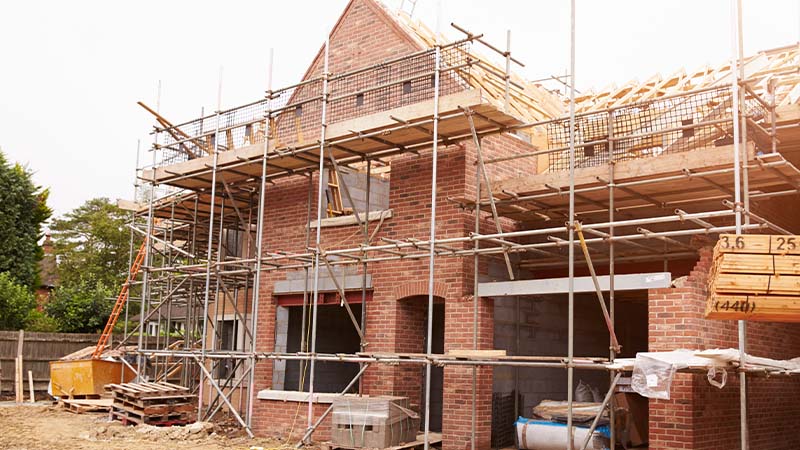SMSFs reminded on GST considerations with newly built homes
The ATO has outlined some important points to consider with GST for SMSFs thinking about building a new residential home.
In an online update, the ATO said that many SMSFs are interested in building residential homes with the intention of renting them out long-term once complete.
The Tax Office reminded SMSF trustees that built-to-rent residential accommodation is input-taxed, which means the SMSF can’t claim GST credits on construction and other costs relating to leasing a residential home and GST won’t apply to rent received.
GST at settlement
It also flagged that sales of new residential homes, land and potential residential land may be subject to the “GST at settlement” withholding measure.
“If they are subject to this withholding measure, GST is included as part of the sale price; however, when settlement occurs, the purchaser must pay the withheld amount of GST direct to the Tax Office and pay the balance of the sale price of the property, minus the withholding amount, to the supplier,” the ATO said.
“Once payment has been received, we match up the supplier’s ABN when they lodge their BAS and the GST credit is applied to the supplier’s account.”
The ATO warned that if suppliers don’t lodge their activity statements and include the property sale, the credit can’t be transferred to them.
Using the margin scheme
Some SMSFs may be eligible to use the margin scheme. The margin scheme is a way of working out the GST payable when selling property as part of an SMSF’s business, the ATO explained.
“Generally, the GST is based on the difference between the price paid for the property when it was first purchased, and the subsequent sale price of the property,” it said.
“There must also be a written agreement with the purchaser before the settlement date to sell the property using the margin scheme.”
SMSF trustees can use the ATO’s GST property tool to check their eligibility and calculate the margin.
Change in creditable purpose
The ATO also warned SMSFs that a change in how the property is used may trigger a change in “creditable purpose”.
An example is building to sell, but then deciding to rent the property out while finding a buyer, the regulator said.
“When a change in creditable purpose occurs, it can alter the amount of GST the SMSF can claim on their acquisitions,” the ATO said.
“Keep records to help to determine if an adjustment to GST credits needs to be made for credits already claimed.”

Miranda Brownlee
Miranda Brownlee is the deputy editor of SMSF Adviser, which is the leading source of news, strategy and educational content for professionals working in the SMSF sector.
Since joining the team in 2014, Miranda has been responsible for breaking some of the biggest superannuation stories in Australia, and has reported extensively on technical strategy and legislative updates.
Miranda also has broad business and financial services reporting experience, having written for titles including Investor Daily, ifa and Accountants Daily.








